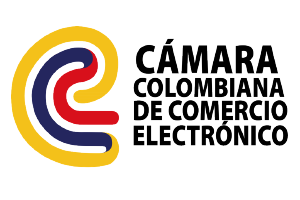In order to direct the migrant population to small rural communities in search of labor and thus protect their economy, this migration program is created in 2019.
Benefits:
- It gives you access to permanent residency.
- Less competition on job offers.
- Possibility of changing jobs.
Requirements
- Obtain an offer of employment within the community.
- Obtain a recommendation from the community. To do so, you must comply with:
- 2.1. Have graduated from a public post-secondary educational institution in the community or have demonstrated qualified work experience with:
- 2.1.1. At least 1,560 hours (approximately 1 year) worked in the last 3 years,
- 2.1.2. Pagas,
- 2.1.3. In one or more occupations and with one or more employers,
- 2.1.4. As a subordinate worker,
- 2.1.5. Inside or outside Canada.
- 2.1.6. In a position at a level corresponding to the job offer according to the NOC (National Occupational Classification) system, as follows:
- a. For TEER 0 or 1 jobs: Experience in a TEER 0, 1, 2 or 3 position.
- b. For TEER 2 or 3 jobs: Experience in a TEER 1, 2, 3 or 4 position.
- c. For TEER 4 jobs: Experience in a TEER 1 (health-related only), 2, 3 or 4 position.
- d. For TEER 5 jobs: Experience in a TEER 5 position.
- TEER 0: Management or senior administrative occupations.
E.g.: Financial or marketing manager, public relations director, general manager, etc.
TEER 1: Occupations that generally require a college degree.
E.g.: Consultants, engineers, designers, etc.
TEER 2: Occupations that generally require a technical, technology or bachelor’s degree or experience of at least 2 years; supervisory occupations.
E.g.: Laboratory technicians, computer technician, mechanical technician, etc.
TEER 3: Occupations that generally require a technical, technology or bachelor’s degree or experience of at least 2 years or more than 6 months in that position.
E.g. Bakers, dental assistants, etc.
TEER 4: Occupations that generally require a bachelor’s degree or many weeks of experience in the position.
E.g.: Nannies, shopkeepers, assistants, etc.
TEER 5: Occupations that do not require formal education or extensive training.
E.g.: Farmers, gardeners, delivery drivers, etc.
- 2.2. Pass the minimum language requirements based on the CLB (Canadian Language Benchmarks) or NCLC (Niveaux de Compétence Linguistique Canadiens).
- 2.3. Meet minimum educational standards. That is to say:
- 2.3.1. Have a high school diploma or a diploma, certificate or degree from a Canadian post-secondary school.
- 2.3.2. Obtain recognition of your foreign degree as equivalent to a Canadian degree through the ECA (Educational Credential Assessment) granted by a Canadian professional organization or college within 5 years prior to application.
- 2.4. Have sufficient financial resources to support your entire family (even if they do not travel with you).
- 2.5. Declare your intention to live in the community.
- 2.6. Comply with the specific requirements of the chosen community.
- 2.1. Have graduated from a public post-secondary educational institution in the community or have demonstrated qualified work experience with:
- Apply for permanent residency.
Can I apply without a job offer?
It will be mandatory to have a previous job offer.
What is the difference with a work permit?
It gives you access to permanent residence, while the work permit only grants you a temporary residence permit.
Once in Canada, can I change jobs or communities?
You will not be able to change employment or community while your permanent residency is being processed.



